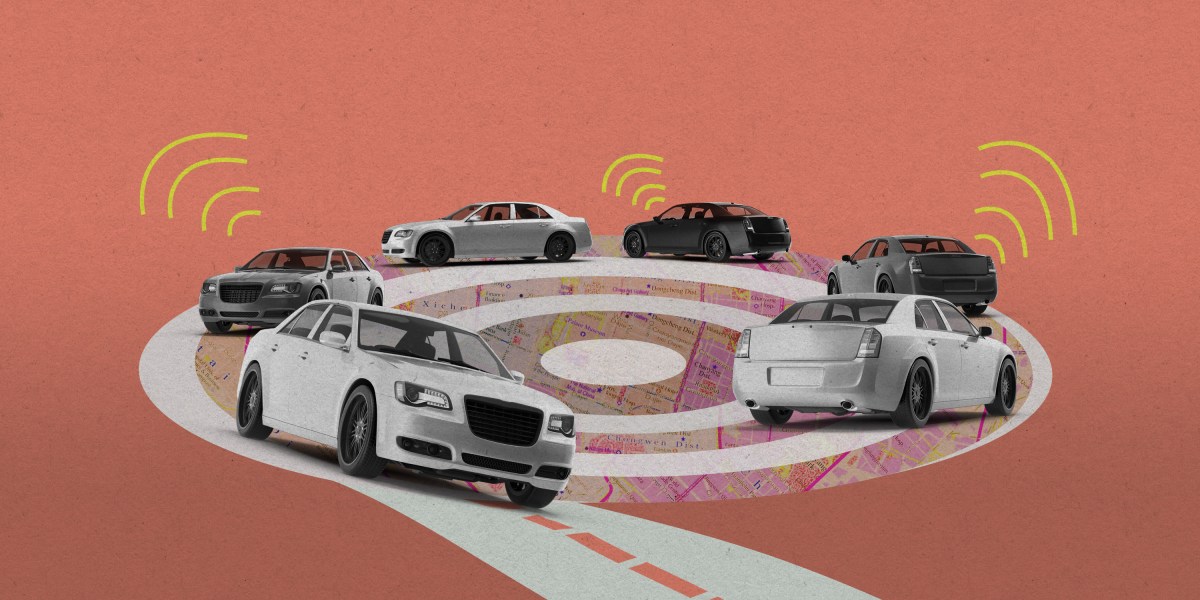The race to lead China’s autonomous driving market

His final assessment? The Navigation on Autopilot isn’t perfect, but it’s pretty “impressive” and a preview of more advancements to come.
Beyond a simple product review, Sundin’s video is giving his followers a close-up view into the production race that has sped up among Chinese car companies over the past year. And whether they are electric vehicle makers or self-driving tech startups, they all seem fixated on one goal in particular: launching their own autonomous navigation services in more and more Chinese cities as quickly as possible.
In just the past six months, nearly a dozen Chinese car companies have announced ambitious plans to roll out their NOA products to multiple cities across the country. While some of the services remain inaccessible to the public now, Sundin tells MIT Technology Review “the watershed could be next year.”
Similar to the Full Self-Driving (FSD) features that Tesla is beta testing in North America, NOA systems are an increasingly capable version of driver-assistance systems that can autonomously stop, steer, and change lanes in complicated urban traffic. This is different from fully autonomous driving, since human drivers are still required to hold the steering wheel and be ready to take over. Car companies now offer NOA as a premium software upgrade to owners willing to pay for the experience, and who can afford the premium models that have the necessary sensors.
A year ago, the NOA systems in China were still limited to highways and couldn’t function in urban settings, even though most Chinese people live in densely populated urban areas. As Sundin notes, it’s incredibly challenging for NOA systems to work well in such environments, given the lack of separation between foot traffic and vehicles, as well as each city’s distinctive layout. A system that has learned the tricks of driving in Beijing, for instance, may not perform well in Shanghai.
As a result, Chinese companies are racing to produce more and more city-unique navigation systems before gradually expanding into the rest of the country. Leading companies including XPeng, Li Auto, and Huawei have announced aggressive plans to roll out these NOA services to dozens or even hundreds more cities in the near future—in turn pushing one another to move faster and faster. Some have even decided to release NOA without extra costs for the owner.
“They are launching it quickly in order to create awareness, to try to build credibility and trust among the Chinese consumers, but also, it’s FOMO [fear of missing out],” says Tu Le, managing director of Sino Auto Insights, a business consulting firm that specializes in transportation. Once a few companies have announced their city navigation features, Tu adds, “everyone else needs to follow suit, or their products are at a disadvantage in the Chinese market.”
At the same time, this fierce competition is also having unintended side effects—confusing some customers and arguably putting other drivers at risk. And underneath the automakers’ ubiquitous marketing campaigns, many of these features simply remain hard to access for those who don’t live in the pilot cities or own the high-end models.




